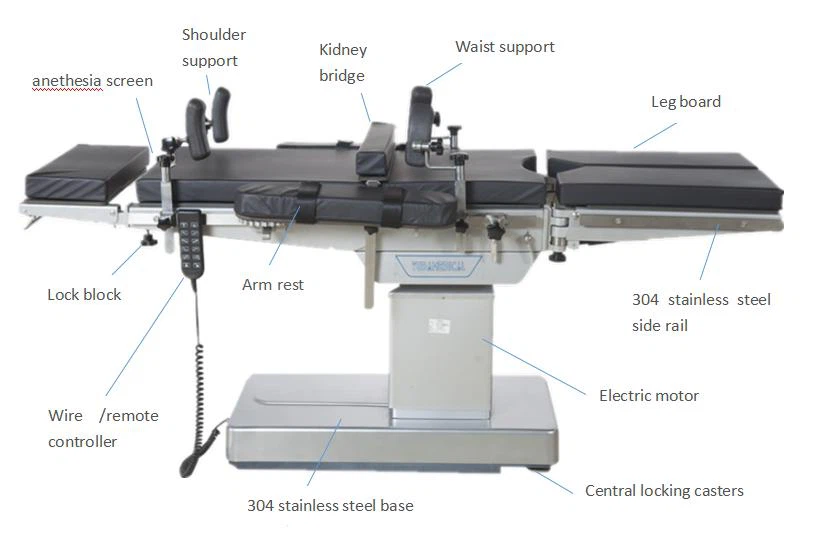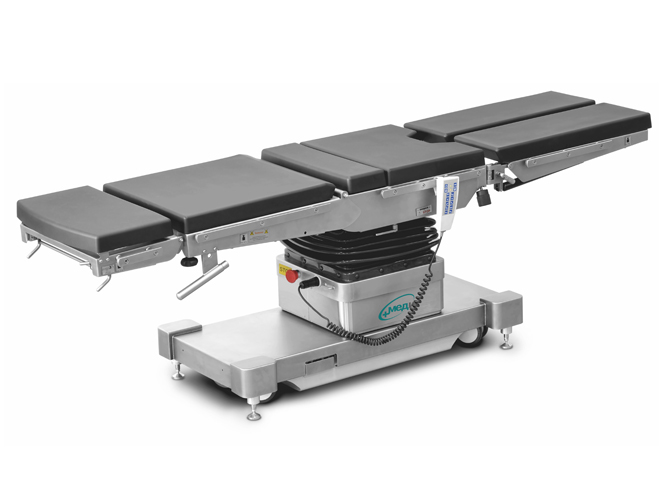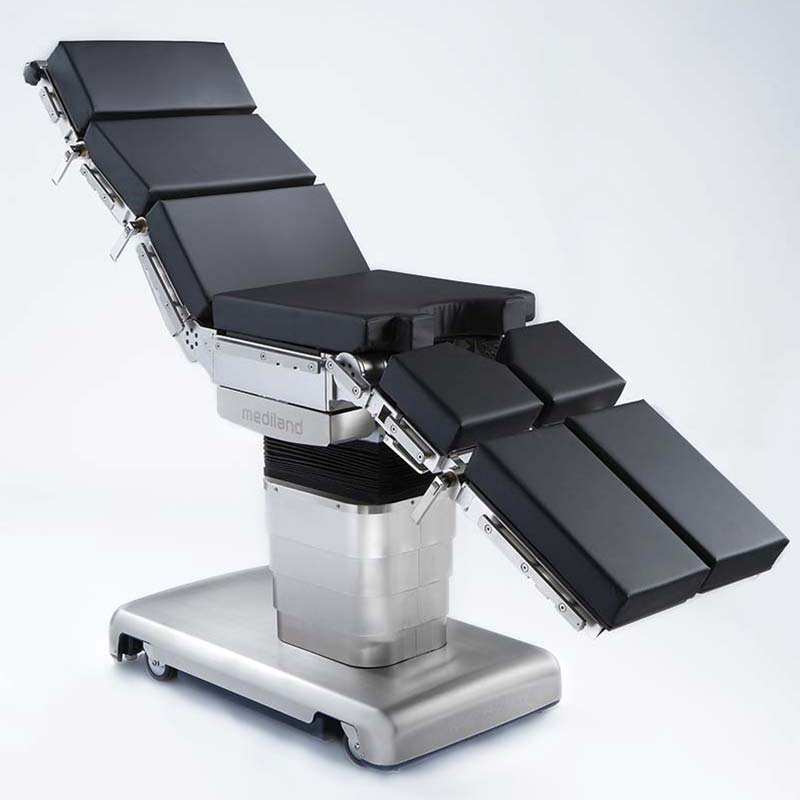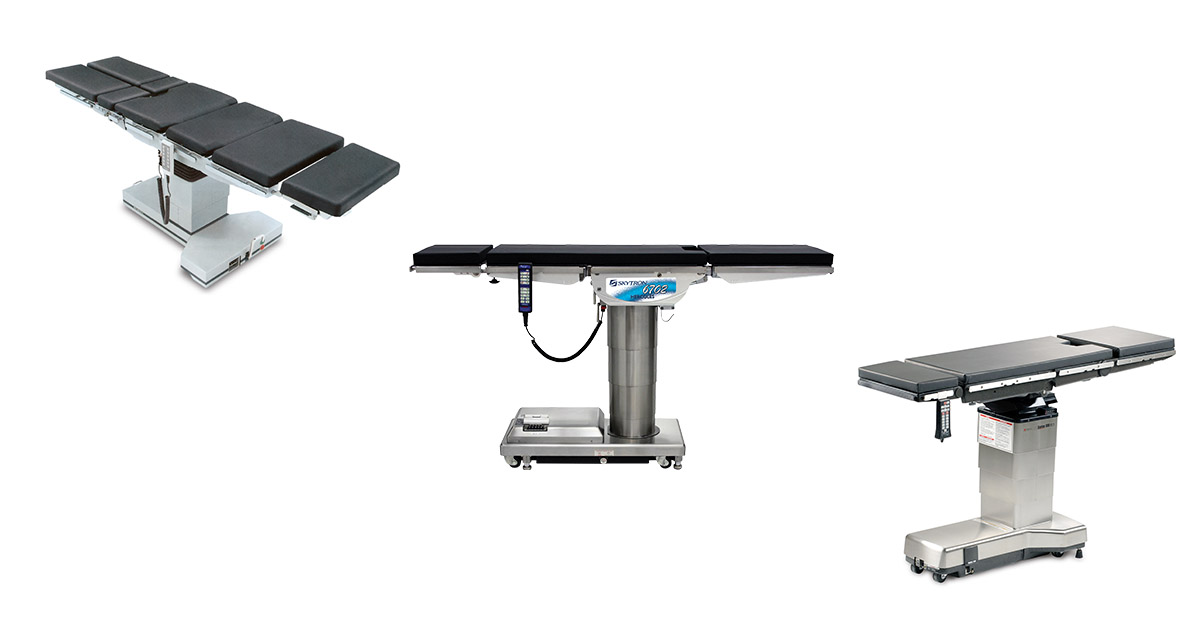Description
Operating room tables are a critical component of surgical suites, designed to support patients during various medical procedures while ensuring both accessibility and safety for surgical teams. These specialized tables are equipped with features that allow for extensive adjustments in height, tilt, and section rotation, catering to the specific needs of different surgeries and body types. Modern operating room tables often facilitate quick repositioning and stability, enabling surgeons to maintain optimal access to the surgical site while minimizing patient movement.
One of the key innovations in operating room table design is the incorporation of modular components. Many tables can be outfitted with various accessories such as arm boards, leg supports, and imaging panels, enhancing their versatility across a range of surgical disciplines, from orthopedics to neurosurgery. This adaptability not only improves the efficiency of the surgical process but also enhances patient comfort and safety, as the right positioning can reduce the risk of pressure sores and other complications.
Additionally, the materials used in the construction of operating room tables are engineered to meet stringent hygiene and durability standards. Most tables are made from stainless steel or high-grade polymer, making them easy to clean and resistant to the wear and tear of regular use. Their design minimizes crevices where bacteria can thrive, ensuring a sterile environment that is crucial for preventing infections during and after surgery. As technology advances, some operating room tables now integrate electrical controls for adjustments, as well as built-in monitoring systems that enhance surgical precision and patient safety.
In conclusion, operating room tables are indispensable tools in modern surgery. Their evolving design and functionality reflect advancements in medical technology, patient care, and surgical efficiency. As healthcare continues to innovate, the importance of reliable, adaptable, and hygienic operating room tables will only grow, impacting not only the success of surgical procedures but also improving overall patient outcomes.









